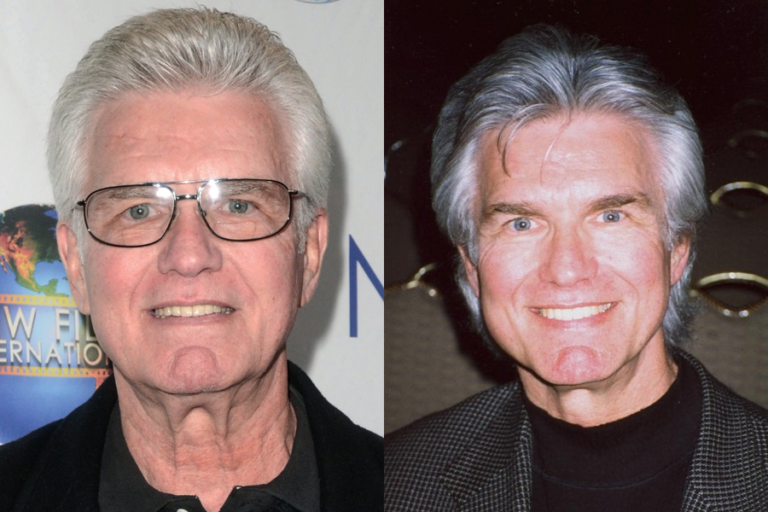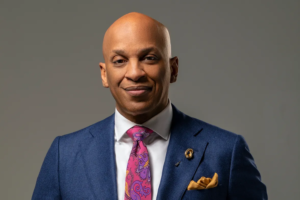Harry Houdini, born Ehrich Weisz in Budapest in 1874, emerged from a life of poverty and hardship to become one of the most iconic figures in magic and escape artistry. His early years in America were marked by struggle, as his family emigrated to the United States in 1878. Living in New York City, young Ehrich worked various jobs to support his family, including selling newspapers and shining shoes. By the age of six, Ehrich was already showing his street smarts, mastering small scams like the three-cup trick to earn money. His natural talent for athleticism also became evident, and it was during his childhood that he developed the acrobatic skills that would eventually serve him on stage. The arrival of the circus in town was a turning point for Ehrich, who eagerly impressed a circus manager, landing his first performance as a trapeze artist at just nine years old. At this time, Ehrich adopted the stage name “Ehrich, the Prince of the Air,” marking the first steps toward the legendary persona of Harry Houdini.
The Transformation Into Harry Houdini
Harry Houdini’s transformation from a young street hustler to a magician was catalyzed by his discovery of a book on magic by Jean Eugene Robert-Houdin, a French magician. This book captivated the young Ehrich and inspired him to pursue a career in magic. At the age of 15, he adopted the name Harry Houdini in homage to Robert-Houdin. The early years of his magic career were challenging, as Houdini struggled to gain recognition in the competitive world of stage magic. He initially specialized in card tricks and billed himself as “Houdini, King of Cards.” However, his skills were not yet refined, and he faced rejection from fellow magicians and audiences alike. In fact, in 1896, he nearly gave up on magic altogether, attempting to sell his props for a meager $20. Despite these setbacks, Houdini’s resilience and resourcefulness led him to redefine his magic career. He would soon discover the art of escape, which would become his signature act.
Houdini’s Rise to Fame with Escape Acts
By 1898, Houdini had rebranded himself as the “Handcuff King,” a title that would propel him to fame. He specialized in escaping from handcuffs and other restraints, captivating audiences with his ability to break free from seemingly impossible binds. His performances began attracting attention, and by 1899, he was a sought-after act in Vaudeville theaters. Houdini’s ability to escape from handcuffs became the cornerstone of his act, and he would perform these escapes in front of eager crowds. The more audacious his escapes, the more the public’s fascination grew. Houdini’s rise to fame was not just due to his skill but also his incredible knack for publicity. He staged public confrontations with local police, challenging them to restrain him, and then escaping their cuffs in front of the press. This clever manipulation of the media helped Houdini secure his place as one of the most famous magicians of his time.
The Publicity Genius of Houdini
Houdini’s ability to generate publicity was unparalleled. He understood that his success depended not only on his talent but on the stories people told about him. When he toured Europe in 1900, he faced a lukewarm reception at first, but he quickly turned this around by staging public stunts. He challenged local police officers to handcuff him in front of a crowd, knowing full well that he could escape. This spectacle caught the attention of the media and the public, who began to see him not just as a magician, but as someone who could defy the limits of physical confinement. His performances often involved him escaping from various restraints, such as chains, straitjackets, and locked containers. Houdini’s mastery over these escapes made him a household name, and soon, he was being hailed as the greatest escape artist in the world. His acts were daring, exciting, and often dangerous, but it was his constant reinvention of himself and his act that kept audiences coming back for more.
Houdini’s Evolution of Dangerous Stunts
By 1907, Houdini faced increasing competition from other magicians who were trying to imitate his act. The handcuff escapes, while still impressive, were becoming predictable, and Houdini knew he needed to push the boundaries of his performances to stay ahead. In 1908, he introduced the “Milk Can Escape,” in which he locked himself inside a large, water-filled milk can and escaped from it. The act was startling and risky, capturing the imagination of audiences and critics alike. This was just one example of how Houdini continually sought to innovate and take his performances to new heights. His knack for combining physical strength with an uncanny ability to manipulate locks and restraints set him apart from other magicians. He became known not just for his escapes, but for the life-threatening risks he was willing to take to wow his audiences. His stunts evolved from simple handcuff escapes to more elaborate and dangerous feats, which included being sealed inside a coffin or locked in a box submerged underwater.
The Science of Houdini’s Escapes
Houdini’s success was not merely due to his physical strength or dexterity; it was also a result of his deep understanding of the mechanics of restraint. Through years of practice and training, he learned how to manipulate his body in ways that others could not. For example, Houdini possessed the ability to expand his chest and shoulders using muscle control, which allowed him to free himself from tight restraints that would have otherwise been impossible to escape. He also had a unique body type, with bow-legs that some magicians believe allowed him to slip out of ropes or handcuffs with ease. Despite being smaller than many of his competitors, Houdini’s strength, flexibility, and determination allowed him to accomplish feats that seemed impossible to others. He mastered the art of escape, combining physical prowess with mental agility to perform feats that were both dangerous and awe-inspiring.
Houdini’s Enduring Legacy and Personal Life
Harry Houdini’s legacy as a magician and escape artist remains unmatched to this day. While his performances captivated audiences around the world, his personal life was equally fascinating. Houdini was also a passionate advocate for rational skepticism, often using his platform to debunk fraudulent spiritualists and mediums. His interest in the supernatural led him to investigate the claims of those who purported to communicate with the dead, and he famously attempted to contact his own deceased mother through séances. In addition to his work as a magician, Houdini was also an inventor and a pioneer in aviation, adding yet another layer to his already multifaceted career. Despite facing numerous challenges, including health issues and intense competition from other performers, Houdini remained dedicated to his craft until his untimely death in 1926. His influence on magic and escape artistry continues to inspire generations of magicians and performers.
In the end, Harry Houdini’s story is one of transformation, perseverance, and mastery. From a poor immigrant with little more than street smarts to a world-renowned magician, Houdini’s rise to fame is a testament to his incredible talent and determination. His legacy as the greatest escape artist in history is firmly cemented, and his impact on the world of magic is immeasurable. Through his daring stunts, publicity genius, and relentless drive to succeed, Houdini changed the world of magic forever.
FAQs:
- Who was Bess Houdini married to?
Bess Houdini was married to the legendary escape artist Harry Houdini. They wed in 1894 and remained together until Harry’s death in 1926. - What was Bess Houdini’s role in Harry’s career?
Bess Houdini played a vital role in her husband’s career, often performing alongside him in his magic acts and supporting his publicity efforts. - Did Bess Houdini perform magic herself?
Yes, Bess Houdini also performed magic and illusions on stage, though her primary role was as Harry’s assistant and confidante. - What happened to Bess Houdini after Harry’s death?
After Harry’s death, Bess Houdini became involved in efforts to preserve his legacy, including managing his estate and promoting his image. - Did Bess Houdini believe in the supernatural?
Bess Houdini was skeptical of spiritualism and mediums, especially after her husband’s death, when she attempted to contact Harry through séances.
Facts:
- Bess Houdini was born on January 23, 1876, in Brooklyn, New York.
- She was originally named Wilhelmina Beatrice Rahner before adopting the stage name Bess Houdini.
- Bess often performed with Harry in his escape acts and was known for her graceful presence on stage.
- She was actively involved in the Houdini Museum in New York after Harry’s death, helping to preserve his legacy.
- Bess Houdini passed away on February 11, 1943, at the age of 67.
Summary:
Bess Houdini, born Wilhelmina Beatrice Rahner, was the wife and partner of the famous magician and escape artist Harry Houdini. She played a significant role in Harry’s rise to fame, performing alongside him and supporting his publicity stunts. After Harry’s death, Bess remained dedicated to preserving his legacy, managing his estate, and engaging in efforts to maintain his image. Though known for her beauty and stage presence, Bess also played a crucial part in the world of magic and was deeply involved in the Houdini Museum. She passed away in 1943, leaving behind a lasting impact on the Houdini legacy.
Discover beauty, style, and lifestyle inspiration at unitedkingdomblog.com






